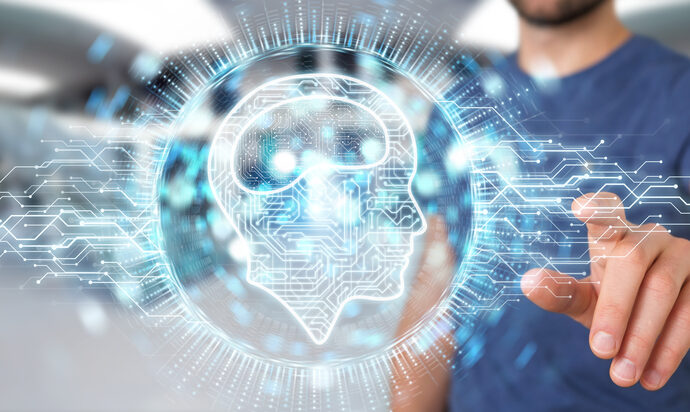In order for autonomous agents to be able to manage workflows and continue to shape work operations across industries, it is important to understand the complex AI agent tech stack that keeps them running. Each element of the stack plays a different role in the larger machine that is agentic AI.
The first step to building a proper agentic assistant is training the model on real-world data, allowing it to orient to the context in which it operates and understand societal nuances that most closely resemble human capabilities. This part of the stack works simultaneously with the vertical agents element. This encompasses any pre-built agents that are specialized for specific industries and tasks.
The servers are then established, which are the platforms responsible for hosting, managing and deploying AI agents. Once this foundation is built, observability is paramount. This layer of the tech stack allows for monitoring, debugging and keeping track of agent performance in real time. This element is helpful in ensuring that the system is protected from harm and continues to run smoothly.
Agent frameworks and memory levels work in tandem to create and maintain libraries for building and orchestrating AI agents. These elements are foundational to the organization of the system, making sure they are equipped to perform at the highest and most efficient levels. Tool libraries are the next step, as they extend agent capabilities even further through the integration of external tools and APIs. Sandboxes are an important aspect of agentic AI as well because they become the testing grounds for new ideas and concepts. These sandboxes help software engineers to test new ideas in a controlled and inexpensive environment.
Model serving is the term used to describe what the consumer sees of the AI model, or how it presents on the front end. Examples of these models include the familiar ChatGPT, Colab Pro or Azure OpenAI. Finally, storage is the glue that holds each layer together, allowing the model to learn and build from past experiences.

